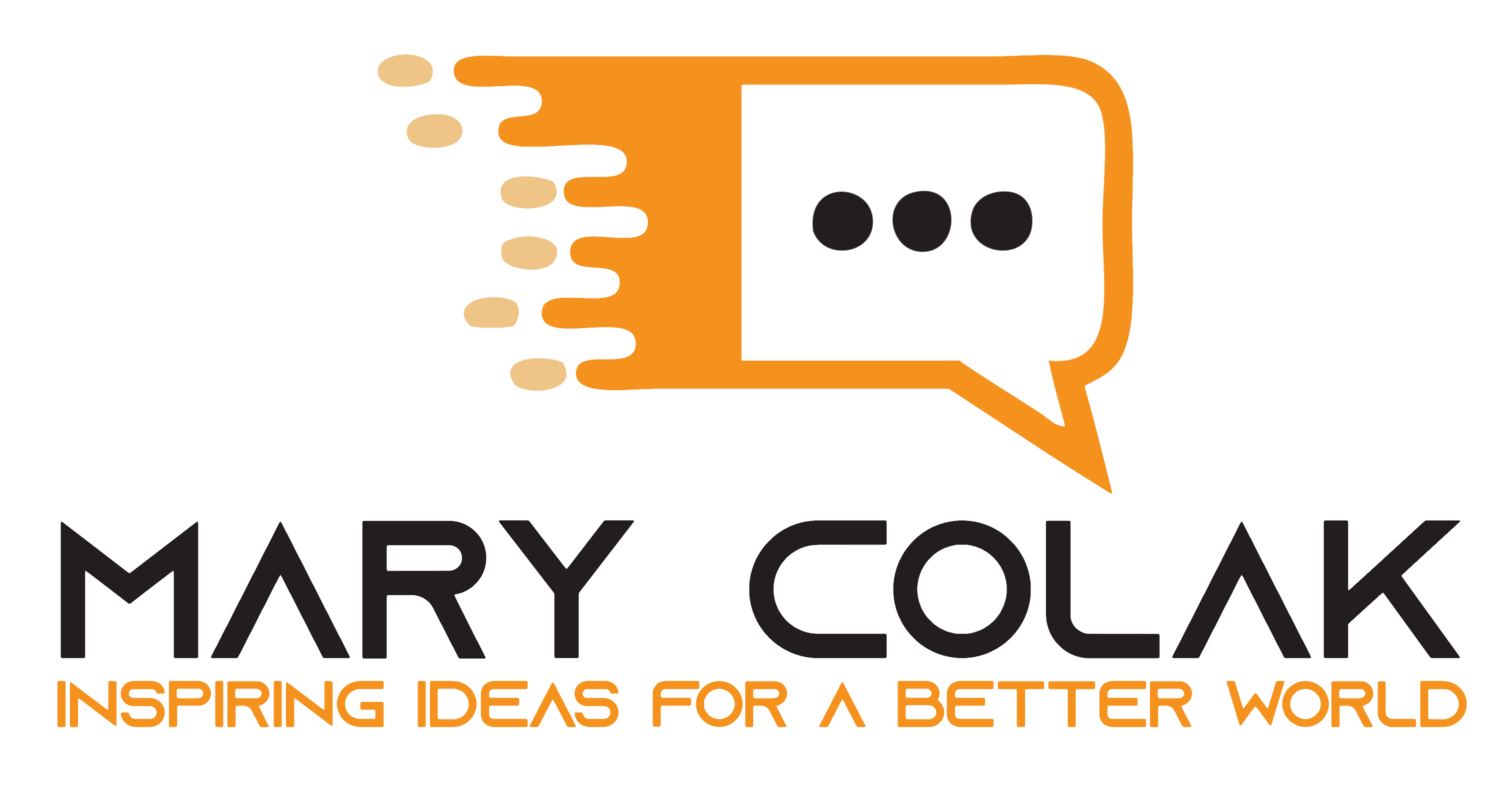Agent of change, dangers of kaizen blitzes
Agent of change
Even when the thing to be changed is an easy fix, change is a difficult process. This is because change interrupts the normal flow of work. It also takes time to see the benefits of change. Most people don't have the patience to wait for results.
But there is a way to realize rapid change: Engage staff in a Lean Kaizen event.
A Kaizen event (or "blitz") always results in improvement for the organization. It enables a project team to narrowly focus on a specific process within a limited time period (usually five days). This concentration of resources on improving a line of business allows the team to overcome natural resistance to new ways of viewing both the problems and solutions.
The beauty of a Kaizen event is that it forces solutions.
The results are typically amazing in terms of process improvements over a one-to-three month period following a Kaizen event. Where the normal process of change requires weeks and months of getting buy-in, the Kaizen event does this within days.
Not only does the event accelerate buy-in, but it also results in an action plan. This action plan (with specific tasks assigned to participants in the Kaizen event) is used for implementing the solutions devised during the event.
Because the solutions are devised by Kaizen participants, execution of solutions is dramatic: Results are significant and quick.
The enthusiasm generated by the Kaizen event also translates to participant satisfaction that carries significant weight during the rapid improvements that follow. There is no better way to "sell" the solution than to come up with it yourself and as you implement, encourage your colleagues to support its implementation.
Dangers of kaizen blitzes
Out of necessity, Kaizen Blitzes do not offer in-depth training of Lean methodology or its principles. This is because a Kaizen is meant to produce rapid results and there is usually insufficient time to provide in-depth training beforehand. Participants get only a superficial overview that enables them to participate in the event.
The event also does not offer teams an opportunity to "gel" in the long-term. It typically takes teams months or years to develop to a satisfactory level of team work. A Kaizen's drawback is that the team that comes together for five days may lose touch after the event and the improvement initiatives may be lost in the event's afterglow.
Another drawback to a Kaizen event is its narrow scope. According to Dr. Eilyahu Goldratt, "A system of local optimums is not an optimum system." Kaizen events tend to produce islands of productivity within an organization that overall is a mess.
Kaizen events are not substitutes for effective organizational strategies. Just because one tactic is successful, it does not mean that the organization overall is successful.
To prevent the dangers of Kaizen events, here are some considerations:
Provide adequate training to participants before the event, but ensure that continuous training in Lean is provided all year long. Lean practitioners can never know too much about Lean principles and methodology.
Teams that form during Kaizen should be encouraged to work together on similar projects throughout the year. Management must make allowance for time away from the participants' regular duties to allow them to engage in frequent Kaizen Blitzes and continuous improvement initiatives.
Do not stop at one or two Kaizen events. All processes must be subjected to Kaizen if the organization is to realize marked improvement in its overall productivity.
Develop organizational strategy that includes a culture of continuous improvement in everything that the organization does. Communicate this strategy frequently.
Remember that Kaizen's benefits far outweigh its drawbacks. Implementing a continuous improvement approach that includes regular Kaizen events will allow your organization to realize increased productivity and an increased bottom line.


